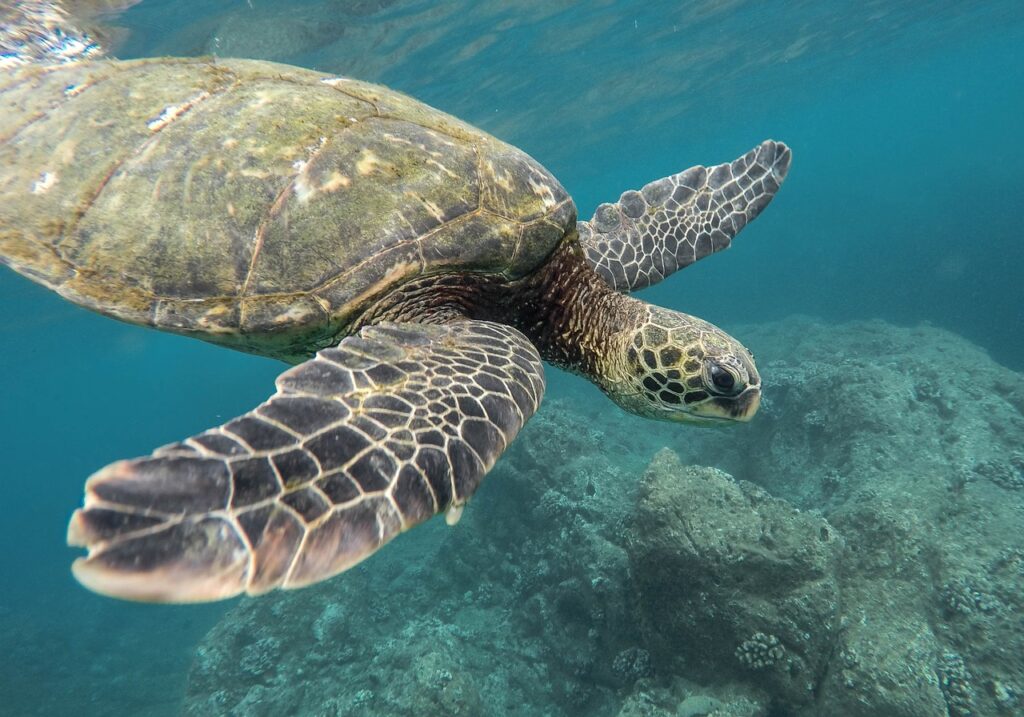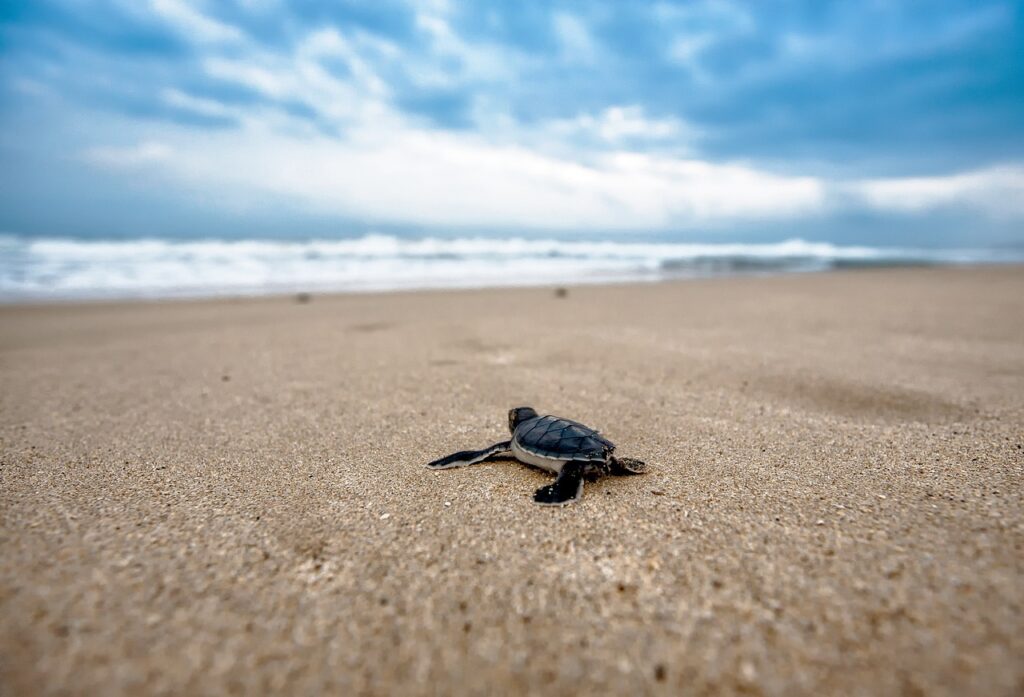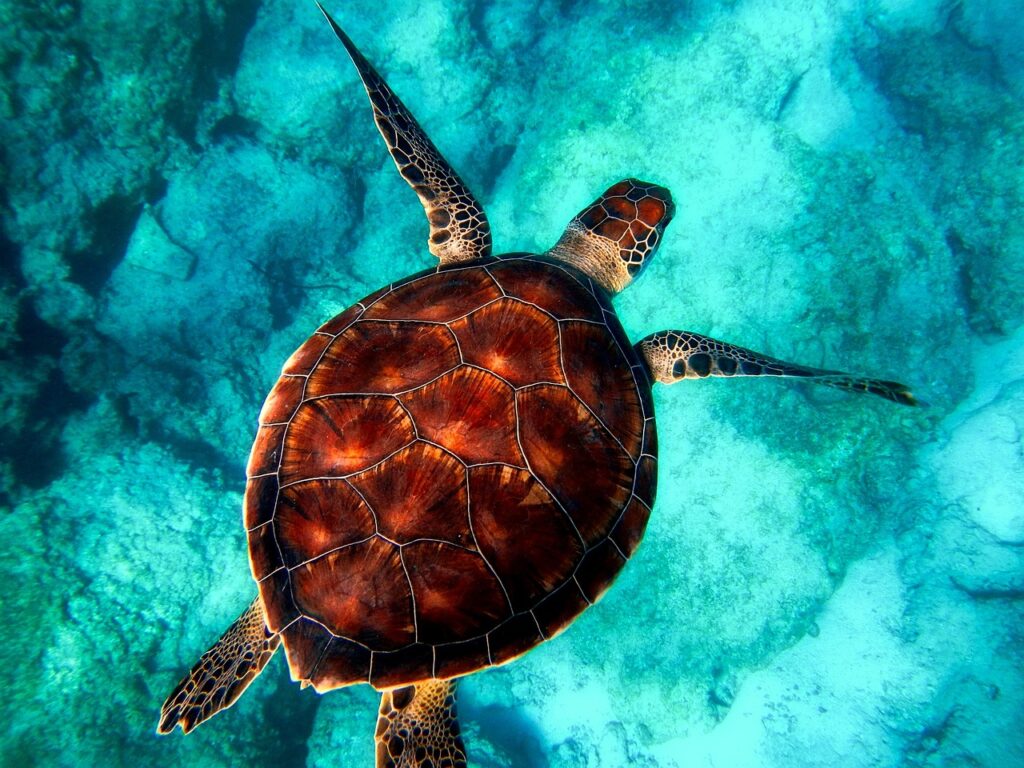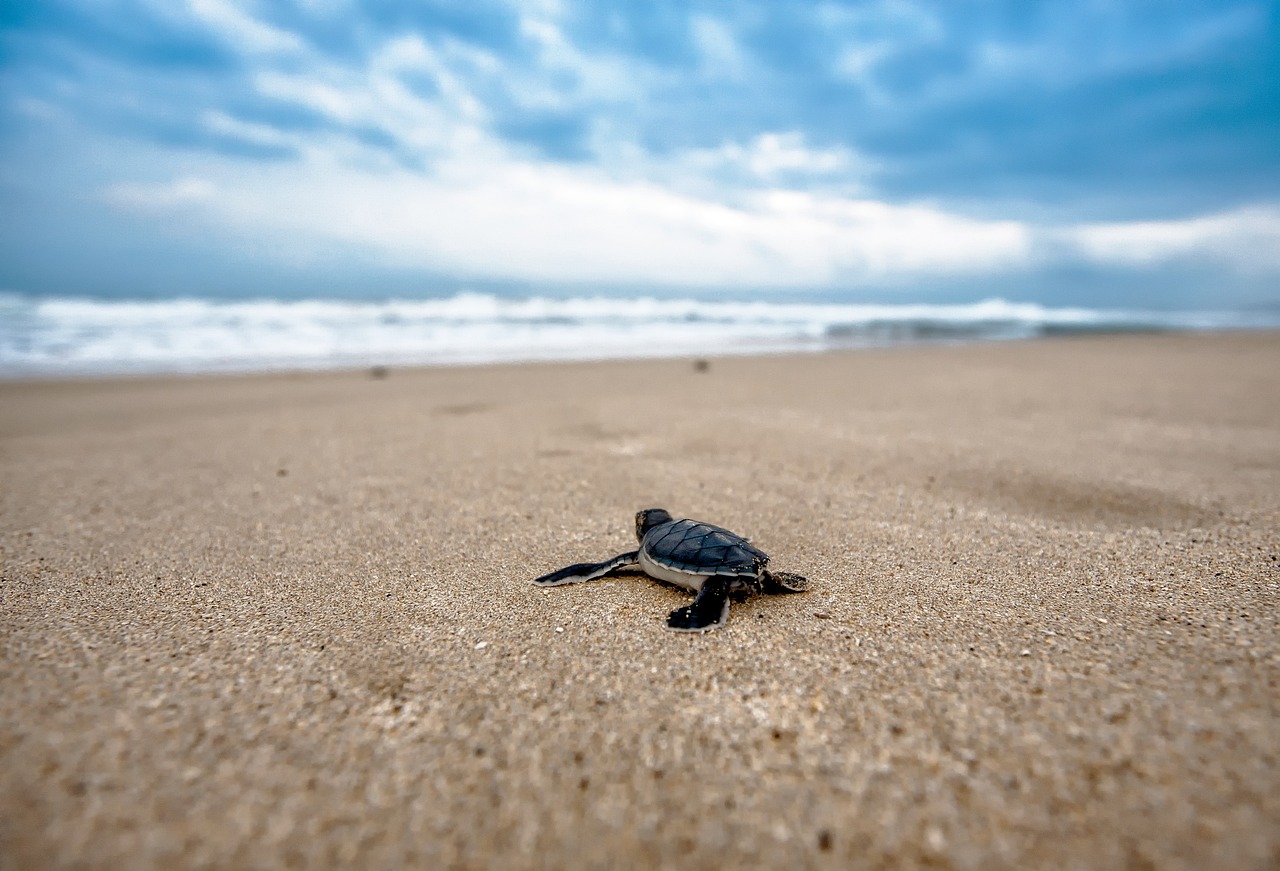So, you’ve probably heard that turtles need a certain kind of lighting to thrive, right? Well, let’s talk about UVA lighting and why it’s so important for these little reptiles. In this article, we’ll break down the basics of UVA lighting, explain why turtles need it, and give you some tips on how to set up the perfect lighting environment for your shelled friend. Trust us, once you understand the ins and outs of UVA lighting, you’ll be well-equipped to create a safe and cozy habitat for your turtle. Let’s get started!

Why UVA Lighting is Important for Turtles
When it comes to keeping pet turtles, providing the right lighting is crucial to their overall health and well-being. While most people know about the importance of UVB light for turtles, the role of UVA light is often overlooked. UVA light, or ultraviolet-A light, plays a significant role in replicating the natural habitat and providing the necessary conditions for your turtle’s physical and mental health. By understanding UVA light, its effects on turtles, and how to choose the right UVA lighting, you can ensure that your shelled companion thrives in an environment that closely mimics its natural habitat.
Understanding UVA Light
UVA light is part of the ultraviolet spectrum and is invisible to the human eye. In the wild, turtles receive UVA light from the sun, which helps regulate their behavior, metabolism, and overall health. UVA light is important for turtles both during the day and during the nighttime hours, as it helps maintain their natural rhythms and promotes a balance between activity and rest. Without UVA light, turtles can become stressed, exhibit abnormal behaviors, and experience health issues.
Effects of UVA Light on Turtles
UVA light has several positive effects on turtles. It enhances their natural behaviors, promotes healthy calcium metabolism, and supports vitamin D synthesis.
Enhances Natural Behaviors
In the wild, turtles bask in the sun to regulate their body temperature and perform various activities such as feeding, mating, and exploring their environment. UVA light simulates natural sunlight, encouraging these behaviors even in captivity. By providing UVA light, you create an environment that allows your turtle to engage in its natural instincts and behaviors.
Promotes Healthy Calcium Metabolism
Calcium is an essential nutrient for turtles, as it is crucial for their shell development, muscle function, and overall bone health. UVA light stimulates the production of vitamin D3 in a turtle’s skin, which is necessary for the absorption and utilization of calcium from their diet. Without adequate UVA light, turtles may develop calcium deficiencies, leading to conditions like metabolic bone disease, soft shell syndrome, and compromised health.
Supports Vitamin D Synthesis
Vitamin D is essential for the proper functioning of a turtle’s immune system, growth, and overall health. UVA light stimulates the production of vitamin D3, which is then converted to its active form in the liver and kidneys. This active form of vitamin D helps regulate calcium and phosphorus metabolism and ensures proper bone development. By providing sufficient UVA light, you support vitamin D synthesis in your turtle, promoting its overall well-being.
Choosing the Right UVA Lighting
When selecting UVA lighting for your turtle, it’s important to consider several factors such as intensity and output, spectrum and wavelength, temperature and heat output, durability and lifespan, and cost.
Intensity and Output
The intensity of UVA light should be sufficient to replicate the natural sunlight that turtles receive in the wild. It is recommended to choose bulbs or lights that provide a moderate to high level of UVA output. This ensures that your turtle receives enough UVA light to promote its natural behaviors and physiological processes.
Spectrum and Wavelength
The spectrum and wavelength of UVA light are important considerations. Turtles perceive a wider range of colors than humans, and their eyes are specially adapted to detect UVA light. Therefore, it is crucial to choose UVA lights that emit the appropriate spectrum and wavelength to capture the attention of your turtle and provide the desired effects.
Temperature and Heat Output
Turtles are ectothermic creatures, meaning they rely on external heat sources to regulate their body temperature. When choosing UVA lights, it is essential to consider their heat output. Ensure that the light emits enough heat for your turtle to thermoregulate properly, but avoid lights that produce excessive heat, as it can lead to discomfort, dehydration, and even burns.
Durability and Lifespan
Investing in durable UVA lights is important to ensure they can withstand the demands of turtle habitats. Look for lights that are specifically designed for reptiles and have a long lifespan. This will save you the hassle of frequent replacements and ensure consistent UVA light for your turtle.
Cost
While cost is a factor to consider, it is important not to compromise on the quality of UVA lighting for your turtle. Cheaper options may not provide sufficient UVA output or may have a shorter lifespan, ultimately costing you more in the long run. Prioritize your turtle’s well-being and choose UVA lights that offer the best balance of quality and affordability.
Setting up UVA Lighting for Turtles
After selecting the right UVA lights, it is crucial to set them up correctly to maximize their effectiveness. This involves determining optimal light placement, creating a light schedule, and providing a light/dark cycle.
Determining the Optimal Light Placement
Turtles require access to UVA light throughout their enclosure, mimicking how they would receive sunlight in the wild. Ensure that UVA lights are positioned in a way that covers the entire area where your turtle spends its time, providing enough exposure for all sides of their body.
Creating a Light Schedule
Establishing a consistent light schedule is essential for your turtle’s well-being. Turtles require a balance between light and darkness to maintain their natural rhythms. Set up a schedule that closely mimics the natural light patterns in their native habitat, providing them with UVA light during the day and allowing for periods of darkness at night.
Providing a Light/Dark Cycle
In addition to a consistent light schedule, turtles also require a light/dark cycle to support their natural behavior and rest patterns. Make sure to allow for a period of complete darkness at night, providing a quiet and restful environment for your turtle to sleep.
Guidelines for UVA Lighting Duration
While providing UVA light is crucial for turtles, it is equally important not to overexpose them or provide inadequate lighting. Here are some general guidelines for UVA lighting duration:
Recommended Daily UVA Exposure
On average, turtles should receive UVA light for 10 to 12 hours a day. This duration allows them to engage in their natural behaviors and ensures they receive the necessary UVA light for their physical and mental well-being. However, it is important to monitor your turtle’s behavior and adjust the lighting duration accordingly. Some turtles may require more or less exposure based on their individual needs and species.
Seasonal Variation in Lighting Duration
In the wild, turtles experience variations in daylight length throughout the year. It is beneficial to replicate these seasonal variations in your turtle’s lighting schedule. During the warmer months or breeding season, you can gradually increase the duration of UVA light exposure to simulate longer days. Conversely, during the colder months or hibernation period, you can gradually decrease the duration of UVA light exposure to simulate shorter days.

Avoiding Pitfalls and Potential Hazards
While UVA lighting is essential for turtles, there are some potential pitfalls and hazards to be aware of to ensure your turtle’s safety and well-being.
Overexposure to UVA Light
Providing excessive UVA light can lead to stress, eye damage, and other health issues for turtles. Monitor your turtle’s behavior and well-being closely and adjust the lighting duration or intensity if you notice any signs of discomfort or stress.
Inadequate UVA Light
Insufficient UVA light can also be detrimental to your turtle’s health. This can lead to calcium deficiencies, vitamin D3 deficiencies, and related health problems. Ensure that you provide enough UVA light for the required duration, and regularly check the intensity and output of your UVA lights.
Inconsistent Lighting Schedule
Maintaining a consistent lighting schedule is crucial for your turtle’s well-being. Inconsistent or erratic lighting patterns can disrupt their natural rhythms and lead to stress and behavioral issues. Take the time to establish and adhere to a regular light schedule to ensure the best possible environment for your turtle.
Excessive Heat Emitting Lights
While turtles require warm environments, excessive heat from UVA lights can be harmful. High temperatures can lead to dehydration, heat stress, and even burns. Ensure that the temperature created by UVA lights is suitable for your turtle’s species and provide additional sources of heat if necessary.
UVA Lighting Maintenance and Monitoring
Proper maintenance and regular monitoring of UVA lights are essential to ensure they continue to provide the necessary UVA output and fulfill their intended purpose.
Regularly Inspecting UVA Lights
Inspect your UVA lights regularly for any signs of damage, discoloration, or diminished output. Damaged or aging bulbs may not provide the desired UVA light intensity and may need to be replaced.
Replacing Bulbs on Schedule
UVA bulbs have a limited lifespan and lose their effectiveness over time. It is important to replace them on schedule to ensure consistent UVA light for your turtle. Follow the manufacturer’s recommendations for bulb replacement intervals and monitor the light output to determine when a replacement is necessary.
Monitoring Light Intensity and Temperature
Regularly check the intensity and temperature created by the UVA lights. Use a light meter to measure the UVA output and ensure it falls within the recommended range. Additionally, monitor the temperature in your turtle’s enclosure to ensure it remains within the appropriate range for their species. Adjust the positioning or intensity of the UVA lights as needed to maintain proper conditions.

Supplementing UVA Light with Natural Sunlight
While artificial UVA lighting is essential for turtles kept indoors, supplementing it with natural sunlight can provide additional benefits. However, it is important to take precautions and follow safety measures to ensure your turtle’s well-being.
Benefits of Outdoor Sunlight
Natural sunlight provides a full spectrum of UVA and UVB light, which closely replicates the lighting conditions turtles experience in the wild. Outdoor exposure to sunlight can enhance the health and well-being of your turtle by providing additional mental stimulation and natural vitamin D synthesis. Natural sunlight also aids in the growth and development of plants and algae in your turtle’s enclosure, creating a more natural and enriching environment.
Precautions and Safety Measures
When allowing your turtle to bask in natural sunlight, it is important to take precautions to ensure their safety. Create a secure outdoor enclosure that prevents escape and protects your turtle from predators. Supervise your turtle during outdoor exposure to prevent accidents or injuries. Also, ensure that the outdoor environment is free from harmful substances, extreme temperatures, and prolonged exposure to harsh weather conditions, which can be detrimental to your turtle’s health.
Conclusion
UVA lighting is an essential component of providing optimal conditions for your pet turtle’s health and well-being. By understanding the importance of UVA light, selecting the right UVA lighting, setting up the lighting properly, and maintaining it regularly, you can create an environment that closely mimics your turtle’s natural habitat and supports its physiological and behavioral needs. By ensuring your turtle receives adequate UVA light, you can promote its overall health, happiness, and longevity.
